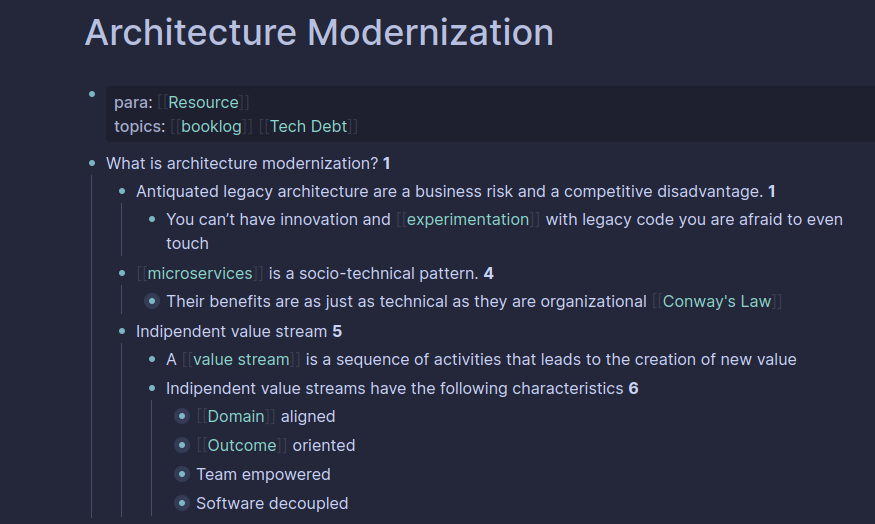A Simple 5-Steps Framework for Software Engineers to Take Notes and Apply Book Insights Effectively: Part 3
A Step-by-Step Guide to Note-Taking That Enhances Application and Teaching Skills for Software Engineers

In Part 2 of this series, we explained the concept of unified support for your notes.
Your unified support is where you can find all your notes, especially books’ notes. It’s where you want to search for a concept and find related notes. They should be organized and easy to search.
But there’s more.
Transferring your notes is not enough. Migrating your notes might be a passive action for your brain. This means that the Transfer step is insufficient for fully understanding concepts and ideas, and you need more.
You want to elaborate on those concepts and get the most out of what you read.
This is where the Write and Re-Write step comes in.
3. Write And Re-Write
Scribere est duo legere.
Valerius Maximus, Roman historian and writer.
The above Latin quote translates literally to “To write is to read twice”.
This refers to the fact that writing down something helps you remember it. When you write down an idea or a concept, you are forced to think about it. But there is a catch.
Writing can be a passive action if it is just copying.
When you have a sentence in front of you and copy it, that doesn’t mean you are actually thinking about it. Copying is a mechanical act, and it doesn’t necessarily require actual thinking. You can limit the action to just transfer words from one place to another.
The result is still relevant because, at least, you have the content where you want.
But the whole point is to make your brain elaborate on concepts so that:
You fully understand them.
You can teach them.
You can make examples to explain them.
You can understand when applying them to real life.
So, how can you elaborate on the concepts you transferred from your books?
3.1 Write
We completed Step 2 (Transfer) with a page full of organized notes from a book.
The goal of that step was to transfer ideas and concepts to a unified place so that they were easier to find when needed.
The image above shows my notes from the book “Architecture Modernization”. You can see that each note has its page number, as explained in the previous part of this guide.
As we already explored, these notes are meant to transfer ideas from the book to your support.
They might not be exhaustive enough to be used. The reason for that is straightforward: you don’t want to copy the entire book. That’s why you now need to enhance them.
Add a sentence below the notes that explains the note or enriches the concept.
My writes are now visible below the “Domain aligned“ note in the above image. As you can see, they are straightforward but still improve the understanding of the concept.
These improvements can come from the book itself or your understanding of it.
This will provide the following outcomes:
You are now forced to think about the concept.
The note becomes relevant even out of the context of the book.
3.2 Re-Write
After the Write phase, you can improve your understanding of concepts by rephrasing them.
Once you have meaningful content outside of its context, you can elaborate on it. Elaborating on it means:
Rephrase the same concept using your own words.
Make examples.
Explain the idea as if you were teaching it.
In this phase, you could still rely on the book, but I don’t recommend it.
If you followed the steps in this guide, you should already have enough understanding of some concepts to be able to elaborate on them. So, I recommend at least rewriting them without using the book.
As you can see in the image, rewriting should be simple. You can summarize the concept, like I did, for example.
Write And Re-Write Sessions
What is the best moment to Write And Re-Write?
In this case, there are different options:
Do Write and Re-Write together with Transfer.
Do Write together with Transfer, and Re-Write later.
Do Transfer, and Write And Re-Write later.
I tried these options, and, in the end, they all worked. In my experience, not being rigid is a great way to enjoy the process.
This step lets you be creative and do what works best for you.
Summary
Write to improve your notes
Make your notes meaningful without the context of the book.
Re-Write to acquire competence in content.
Make examples.
Rephrase.
Explain.
Read Next:
3 Early Career Mistakes I Made as a Software Engineer—and How I’d Avoid Them Now
I have been working in Software Engineering for 7 years.







